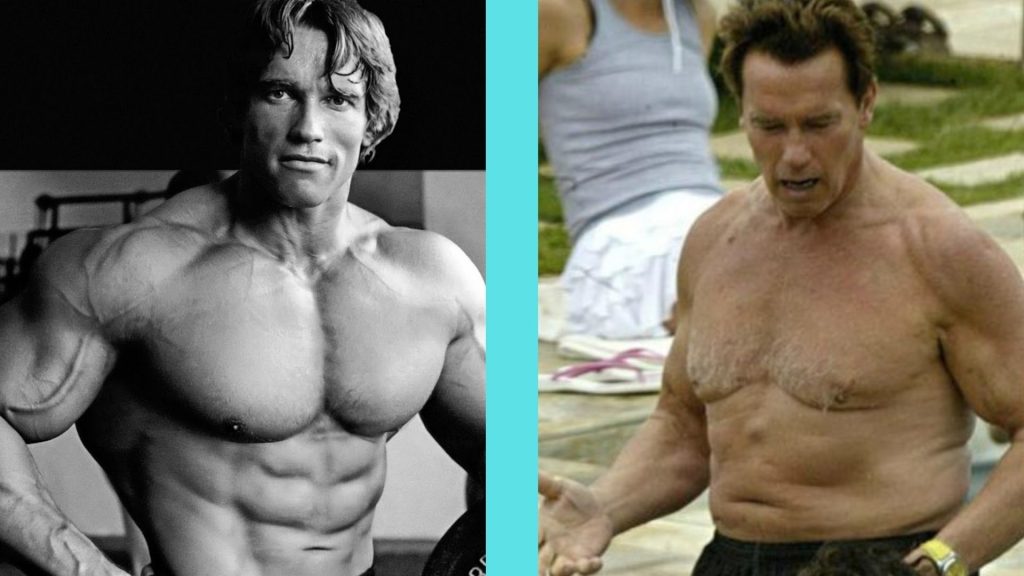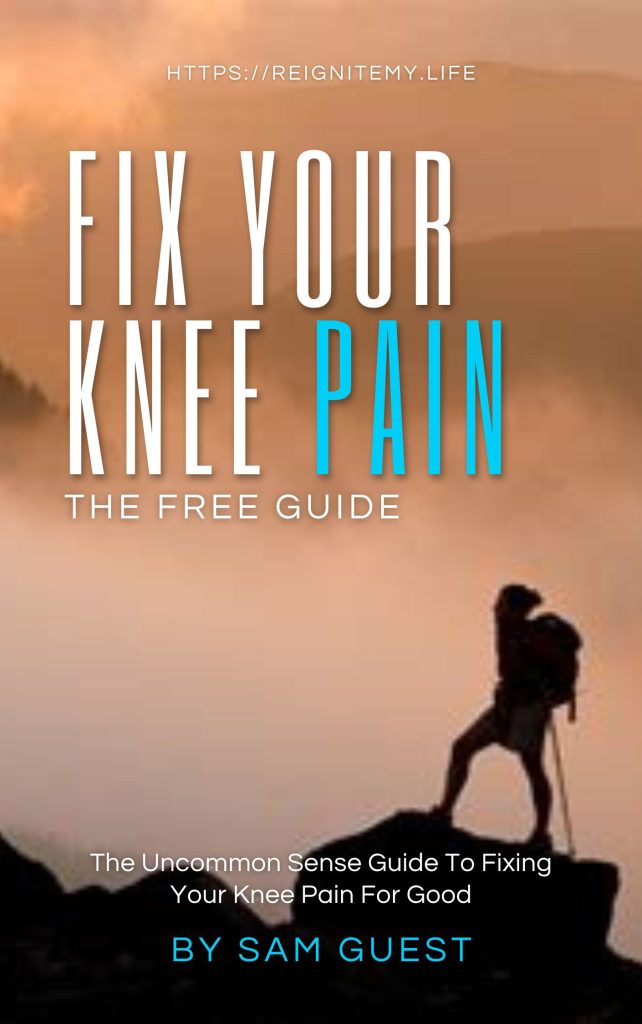Muscle is one of the chief determinants of how fast you will age. The older your muscles the faster you age.
Today I’m going to show you how to keep your muscles young.
When we’re young we have a good balance of fast and slow twitch muscle fibre.

In a nutshell and to keep things simple, fast twitch muscle fibre is responsible for explosive power and slow twitch is responsible for endurance type exercise.
Ageing impacts fast twitch muscle fibres far more than it does slow twitch.
Research using biopsies has shown that old people have fewer and smaller type 2 fast twitch muscles than young people. While type 1 slow twitch remains more or less the same throughout life.
This is why you often see old people running or cycling but rarely see them sprinting or powerlifting.
Now this is a classic case of chicken and egg…
- Do people stop doing these exercises because they get old or
- Do they get old because they stop doing these exercises?
Science would suggest it’s #2.
One way to describe ageing is by power output.

As we age, the total power output of our cells diminishes. In fact, every cell in your body has a power output sensor. When total power output falls below a certain level, a program is activated to kill the cell.
Ever heard the statistic that you lose 1% of your muscle mass every year after 40? Well it’s mainly due to this effect.
The place you will most notice this decline in cell power output capability is muscle.
This is why muscles are a key vector in the ageing process.
Why?
Because they are a primary storehouse of mitochondria which are the central machinery of power output across the entire body.
So when you look at just how much of your total body mass consists of muscle you can start to understand how any decline in the muscular system has a huge negative effect on the rest of the body, due to sheer volume.
So if you want to keep muscles, and by extension the rest of your body, young, you have to focus on training fast twitch muscle fibres as you age, thus maintaining the volume of these storehouses of mitochondria .
How to do this?
Well there’s a tonne of ways but as far as exercise goes here’s a shortlist:

- Sprints
- Gymnastic movements
- Deadlifts
- Explosive athletic movements
- Classic heavy. low rep bodybuilding movements
Ok great, BUT…(there’s always a but!)
This is where the classic “Catch 22” situation arises.
The reason most people stop doing these exercises as they get older is because they don’t want to get injured and these types of fast twitch focussed, explosive exercises are the exact type of exercises we are told to avoid as we get older for this very reason.
Ask any kid to go from sitting around all day to a full sprint and they’ll breeze it, ask a 40-50 year old to do the same and they probably won’t be able to manage it without pulling up short.
So before we just dive into this and get injured we have to ensure our body is actually able to do it.
Now this is a far bigger subject (and nowhere near as well researched) than exercise, but again I’ll give you a short list:
- Increase anti-inflammatory foods (turmeric, ginger, garlic) in the diet
- Decrease pro-inflammatory foods (Mcdonalds etc…you know what I’m talking about!)
- Take Systemic Enzymes (to get in and eat up scar tissue on the muscles)
- Take Omega 3 Oil (again reduces inflammation)
- Grass Fed Collagen (to provide building blocks for stronger muscles and tendons)
- Practice Pliability (see Tom Brady’s book TB12 for a greater dive into this)
I’d want to do at least a month of this injury prevention work before I even started doing the type of exercises listed above, more if I hadn’t worked out properly for a while, but if you want a proper program and me to walk you through grab my latest book and reduce the age of your muscles by 8 – 10 years.

